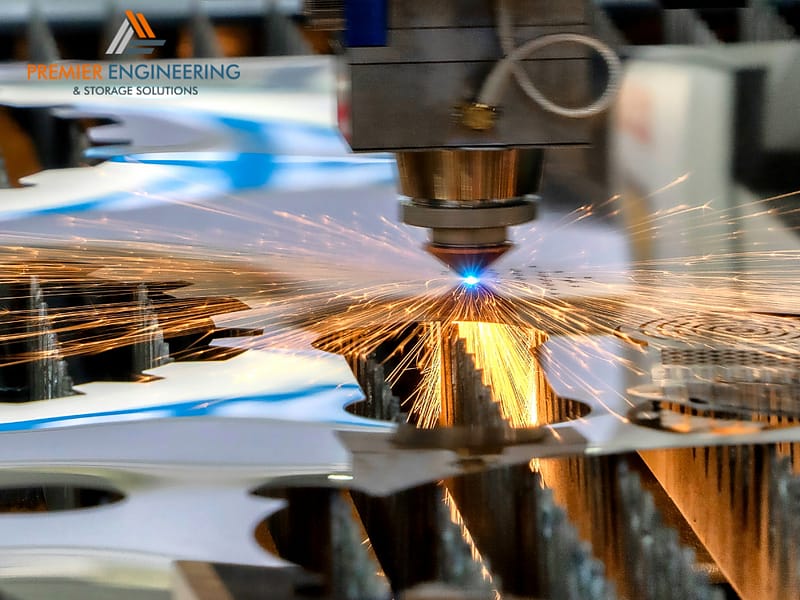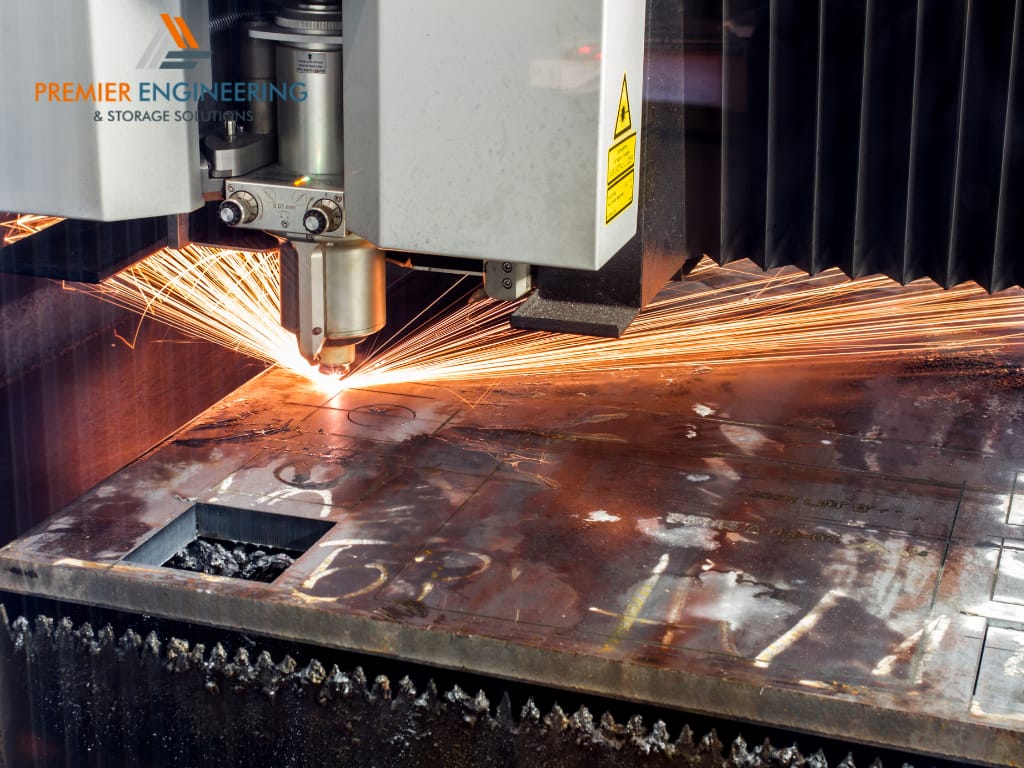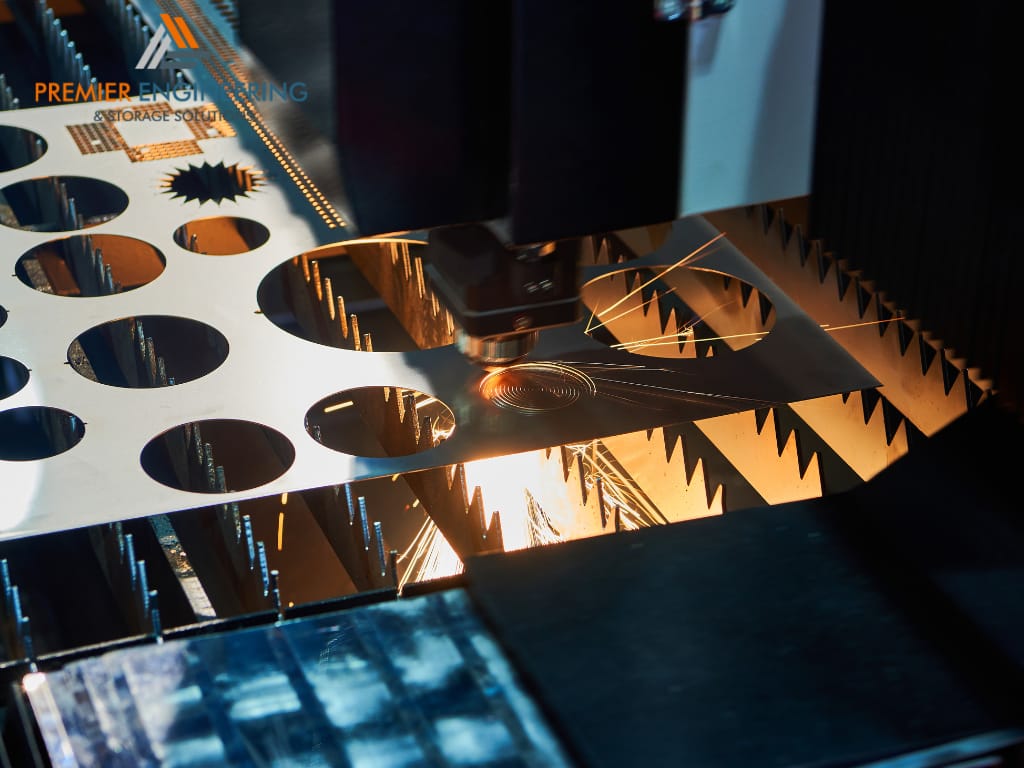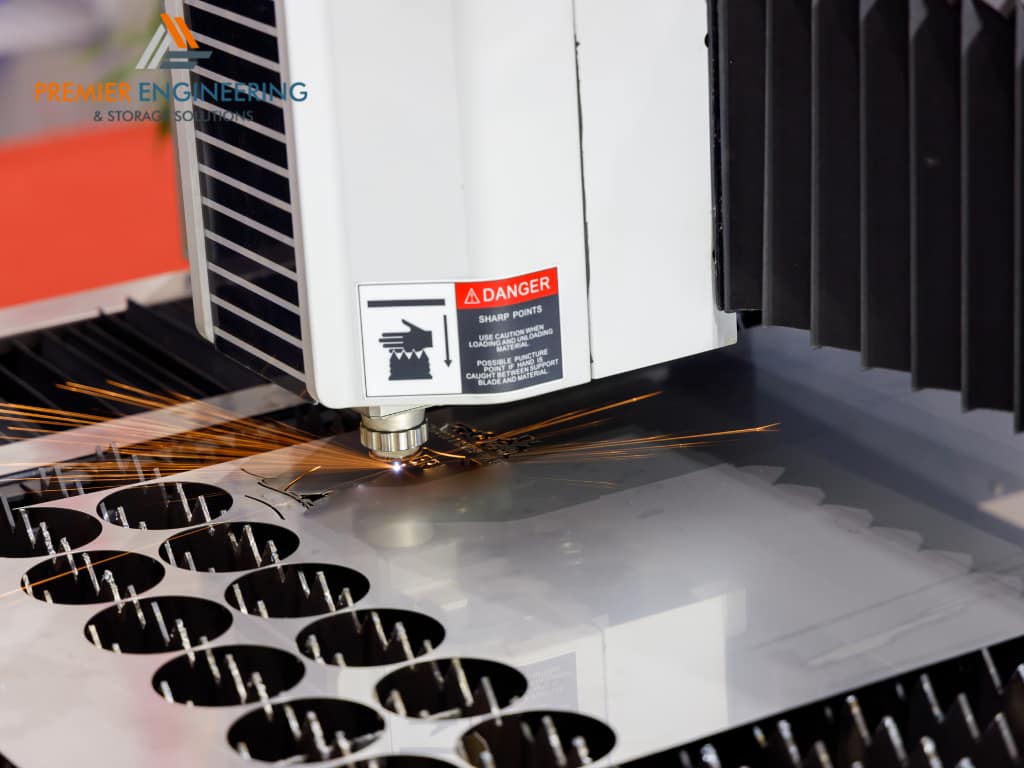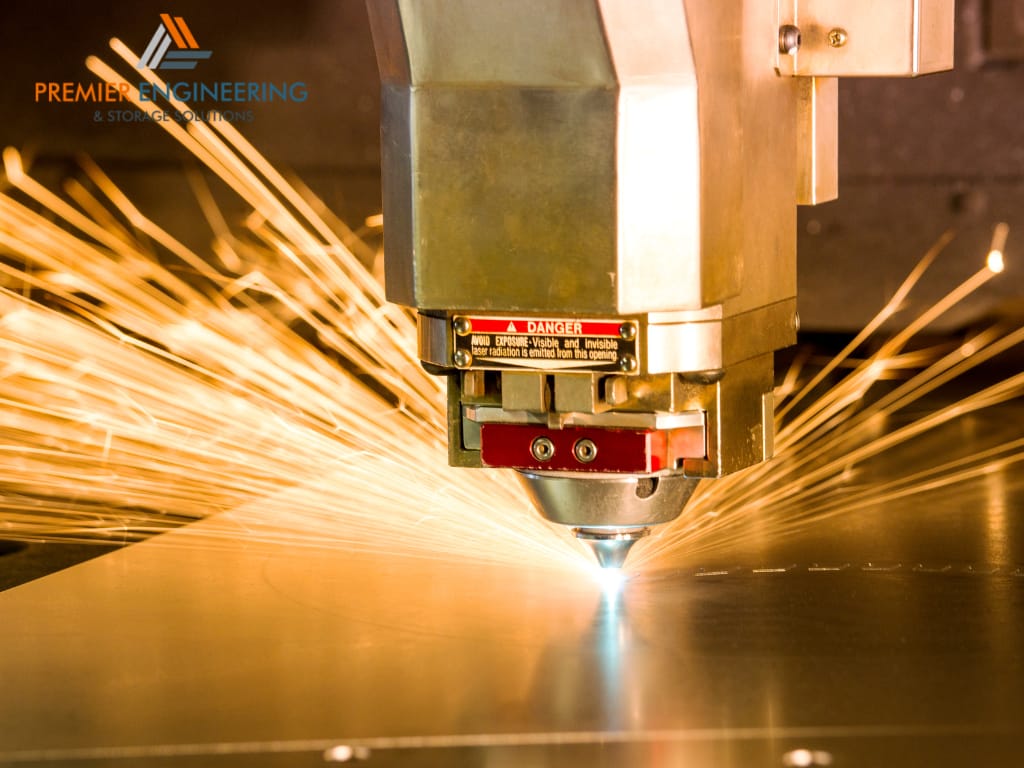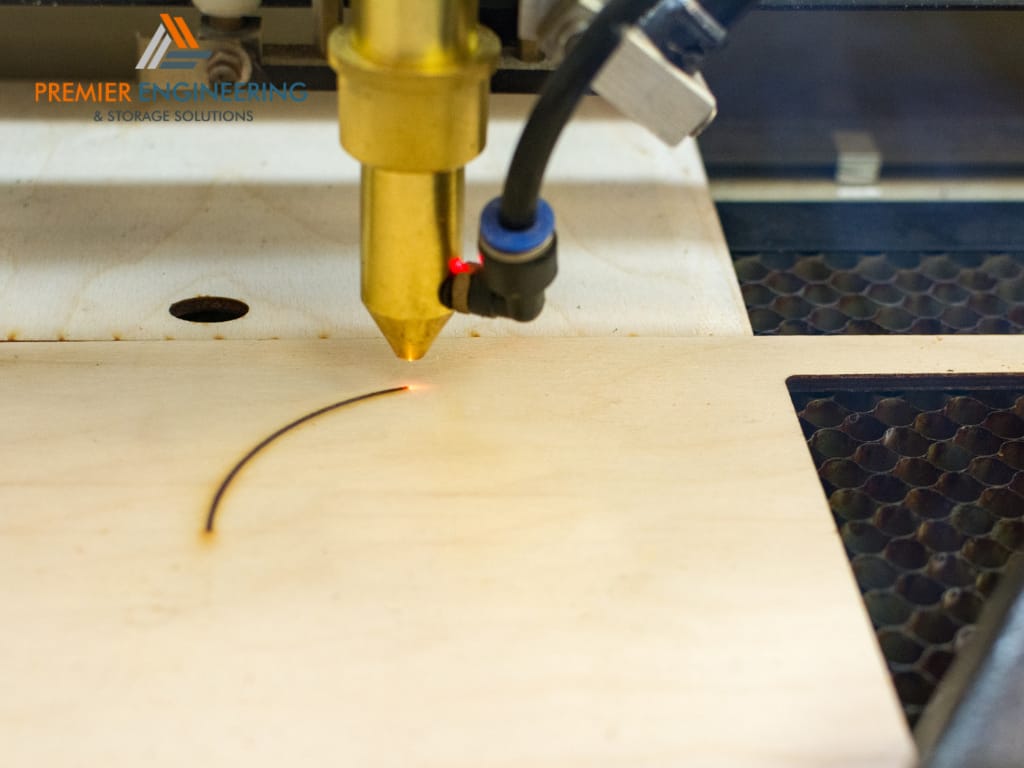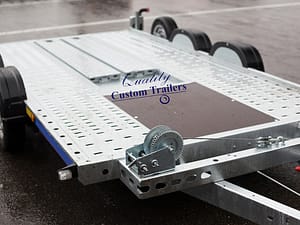Custom laser cutting is a specialized service that tailors the laser cutting process to meet the unique needs of individual projects and clients. Unlike standard laser cutting, which often involves repetitive production of identical parts, custom laser cutting is all about flexibility and adaptation. This approach allows for the creation of intricate designs, precise cuts, and the accommodation of a wide variety of materials, shapes, and sizes. Its significance lies in its ability to turn complex, bespoke designs into reality, offering solutions that are perfectly aligned with specific project requirements.
Advantages of Customization
The customization offered by laser cutting services provides several key advantages:
- Flexibility: Custom laser cutting can handle a broad range of designs, from simple geometric shapes to complex patterns, accommodating any project size or scope.
- Precision: High precision is achievable, making it ideal for detailed work where accuracy is paramount.
- Unique Designs: It opens up possibilities for creating unique, personalized items that stand out, whether for architectural elements, bespoke furniture, or custom branding elements.
- Efficiency: Despite the complexity of the work, laser cutting is fast and efficient, reducing production time and costs compared to traditional manufacturing methods.
Planning for Custom Laser Cutting Projects
Understanding Client Requirements
A successful custom laser cutting project begins with a thorough understanding of the client’s vision, objectives, and specifications. This involves active communication between the service provider and the client to clarify the project’s goals, the functionality of the final product, and any aesthetic preferences. Such understanding ensures that the project aligns with the client’s expectations and fulfills the intended purpose.
Design Considerations
When planning a custom laser cutting project, several key design aspects must be considered:
- Material Selection: Choosing the right material is crucial for the project’s success, affecting everything from the item’s appearance to its durability.
- Thickness: The material’s thickness impacts the laser’s cutting ability and the final product’s structural integrity.
- Intricacy of Design: Highly intricate designs may require adjustments in the cutting process to achieve the desired level of detail without compromising the material’s integrity.
- Intended Use: The final use of the product influences design decisions, especially concerning material choice and structural requirements.
Material Considerations in Custom Laser Cutting
Selecting the Right Materials
Selecting the appropriate material is foundational to custom laser cutting. Factors to consider include the material’s laser-cutting compatibility, desired aesthetic, and functional characteristics. Common materials include acrylic, wood, metals, and textiles, each offering different benefits and challenges in the cutting process.
Working with Exotic or Uncommon Materials
Custom projects often call for the use of exotic or uncommon materials to achieve a specific look or functionality. These materials may present unique challenges, such as variable melting points, susceptibility to burning, or difficulty in achieving clean cuts. Solutions include adjusting laser parameters, testing on sample materials, and using protective coatings to mitigate heat impact.
The Custom Laser Cutting Process
From Concept to Design
The journey from an initial concept to a ready-to-cut design is pivotal in custom laser cutting. It begins with drafting, where ideas are sketched out, taking into consideration the intricacies and limitations of laser cutting. The next step is prototyping, a crucial phase where initial designs are tested on selected materials to identify any adjustments needed. This phase helps in preempting potential issues that could arise during the final cutting. The process culminates with finalizing designs using Computer-Aided Design (CAD) software, which transforms sketches into precise digital formats. CAD software enables the intricate detailing required for custom projects, ensuring the designs are perfectly aligned with the laser cutting machines’ capabilities.
Executing the Cutting Process
The actual cutting process requires careful preparation and adjustment to ensure the laser precisely executes the custom design. Factors such as the laser’s power, speed, and frequency are adjusted based on the material’s thickness and the complexity of the design. For each project, these parameters may need to be tailored to avoid material burn or insufficient cutting. The operator must have a deep understanding of both the machinery and the materials to optimize these settings, ensuring the finished piece meets the project’s specifications.
Finishing and Post-Processing for Custom Projects
Post-Cutting Finishing Options
Once the laser cutting process is complete, the pieces often require additional finishing to achieve the desired final appearance and functionality. Options include polishing to smooth edges and surfaces, painting or coating to add color or protective layers, and assembling multiple pieces into a final product. These post-processing steps are vital for adding value and appeal to the laser-cut items, transforming them from raw cutouts to polished, professional products.
Quality Assurance and Inspection
Quality assurance is a non-negotiable part of the custom laser cutting process, involving rigorous inspection and testing of the finished pieces. This phase ensures that all items meet the project’s quality standards and are consistent with the client’s specifications. Measures may include dimensional accuracy checks, material integrity assessments, and aesthetic evaluations. Any discrepancies found during inspection are addressed through adjustments in the cutting or finishing processes, ensuring the final products are of the highest quality.
Challenges in Custom Laser Cutting
Navigating Complex Designs
One of the primary challenges in custom laser cutting is managing the intricacies of complex designs. These designs often feature fine details, small cuts, and require high precision, which can be difficult to achieve without affecting the material’s integrity. Strategies to overcome these challenges include:
- Advanced Software Use: Leveraging sophisticated design and simulation software to anticipate problems before cutting.
- Prototyping: Creating prototypes to identify and resolve potential issues in the actual design, ensuring the final product will meet quality standards.
- Expert Consultation: Working closely with design experts who can offer insights into simplifying designs without compromising the vision.
Time and Cost Management
Custom laser cutting projects can also face challenges related to time and cost management. The detailed nature of custom work often requires longer production times and higher costs due to the specialized handling and processing involved. Key strategies for managing these aspects include:
- Efficient Project Planning: Establishing clear timelines and milestones to streamline the production process.
- Cost-Effective Material Selection: Choosing materials that meet project requirements without unnecessarily inflating costs.
- Process Optimization: Continually seeking ways to optimize the cutting process for speed and efficiency without sacrificing quality.
Conclusion
Custom laser cutting services play an indispensable role in the modern manufacturing landscape. They provide the means to bring unique, intricate designs to life, serving industries ranging from aerospace to fashion with unparalleled precision and flexibility. This process exemplifies innovation in manufacturing, enabling personalized production that meets specific client needs and pushes the boundaries of traditional manufacturing methods.
The challenges of complex designs and project management are surmountable with the right expertise, technology, and approach, leading to successful outcomes that satisfy both aesthetic and functional requirements. As the demand for tailored and distinctive products continues to grow, the value of custom laser cutting services becomes ever more apparent, cementing their role as a cornerstone of personalized manufacturing and design innovation.

